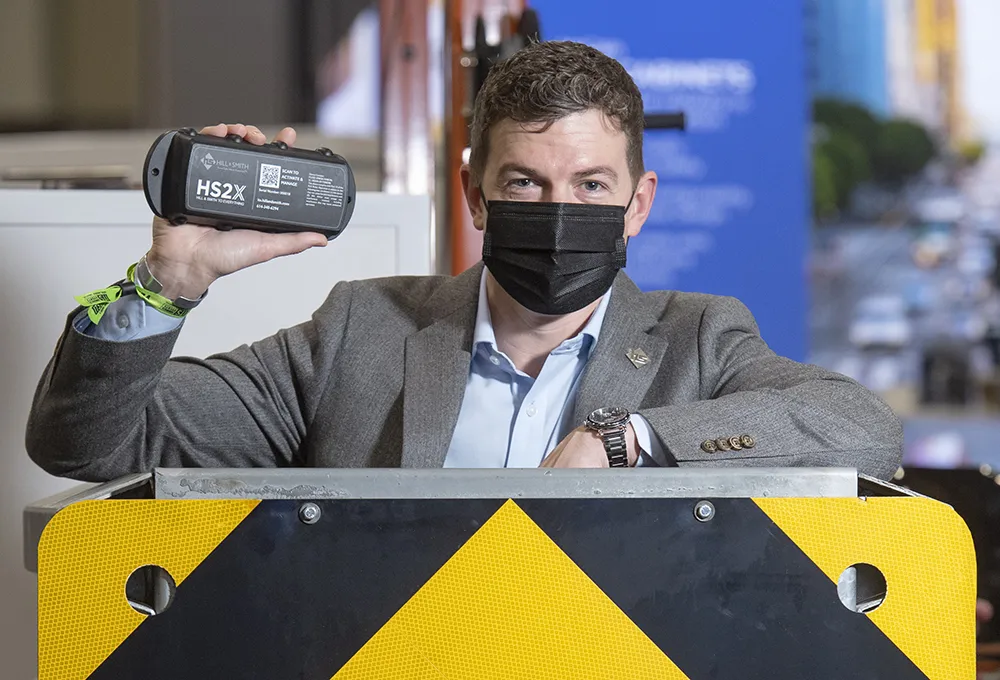Moxa has equipped Taiwan’s Hsuehshan Tunnel with its NPort 5230 device servers and EDS-508A-SS-SC Ethernet switches as part of the tunnel emergency traffic control system. The tunnel is south east Asia's second longest road tunnel and comprises three independent tunnels (one pilot tunnel, one West-bound tunnel, and one east-bound tunnel) stretching 12.9 kilometers through Hsuehshan Mountain, the second highest mountain in East Asia.
August 30, 2012
Read time: 1 min
The tunnel is south east Asia's second longest road tunnel and comprises three independent tunnels (one pilot tunnel, one West-bound tunnel, and one east-bound tunnel) stretching 12.9 kilometers through Hsuehshan Mountain, the second highest mountain in East Asia. Emergencies occurring inside tunnels of this length can be disastrous, especially a fire-related incident. To minimise casualties during an emergency, a traffic control system consisting of two entry gates and two exit gates is deployed to lower the appropriate gates in the event of an emergency to effectively divert traffic and prevent vehicle entry into dangerous areas.
Moxa's NPort 5230 device servers connect RS-232/422/485 serial devices for remote control/monitoring, while the EDS-508A-SS-SC Ethernet switches feature Turbo Ring and Turbo Chain technologies for recovery times of less than 20 ms at 250-switch load.










